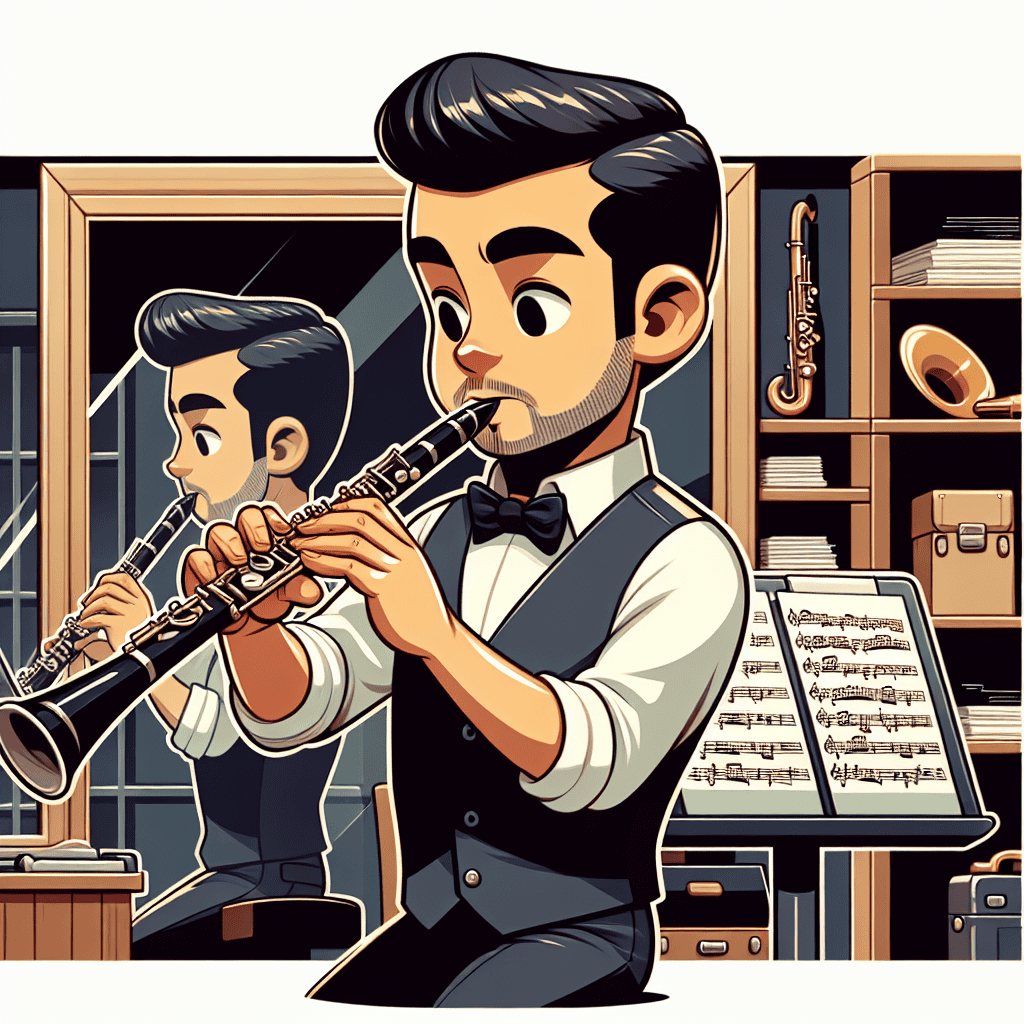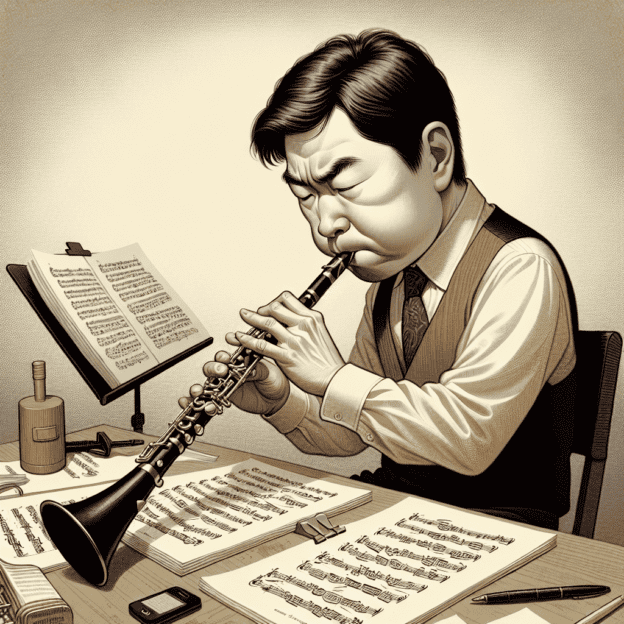Understanding Clarinet Embouchure Muscles
Let's chat about clarinet embouchure muscles and why they're so important. Whether you're new to the instrument or have been playing for years, those small muscles around your mouth can significantly impact your tone, endurance, and control. We'll explore some interesting facts about clarinet embouchure muscles.
First, let's clarify what we mean by 'embouchure muscles.' These are the muscles around your mouth and jaw that you use when playing the clarinet. They're responsible for forming a tight seal around the mouthpiece, controlling the airflow, and adjusting the pressure on the reed. Strengthening these muscles can lead to noticeable improvements in your playing!
The Anatomy of Embouchure
The main muscles involved in clarinet embouchure are:
- Orbicularis oris (the lips)
- Mentalis (chin muscles)
- Buccinator (cheek muscles)
These muscles work together to form the foundation of your embouchure. Think of them as a team of athletes – if one muscle underperforms, it affects the entire group. Maintaining their strength and flexibility is crucial for optimal performance.
Effective Exercises for Embouchure Muscles
Now that we understand the basics, let's explore some exercises to strengthen these muscles:
| Exercise | Description | Benefits |
|---|---|---|
| The Pencil Exercise | Hold a pencil between your lips using only lip muscles. Start with 1 minute, gradually increase to 5. | Strengthens lip muscles, improves endurance |
| Long Tones | Play steady, extended notes on your clarinet, focusing on consistent pitch and volume. | Builds strength and control over time |
| Quiet Playing | Play as softly as possible while maintaining a clear tone. | Fine-tunes supportive muscles, improves control |
| Rolling the Bottom Lip | Roll your bottom lip over your bottom teeth and play softly. | Trains chin and lip muscles for better control |
Common Pitfalls to Avoid
While these exercises are beneficial, it's important to be aware of potential issues:
- Overworking the muscles: Practicing too much without rest can lead to sore cheeks or jaw pain. Remember to treat these muscles like any other – work hard but allow time for recovery.
- Inconsistency: Regular practice is key. Aim to dedicate some time each day to embouchure exercises for the best results.
The Importance of Instrument Quality
The quality of your clarinet can greatly affect your playing experience. Well-made instruments, such as those from Martin Freres, can reduce strain on your embouchure and help you get the most out of your practice sessions.
Addressing Embouchure-Related Issues
If you're having trouble controlling your tone or experiencing fatigue, consider these factors:
- Reed strength: Ensure it matches your playing style and skill level
- Mouthpiece type: Different mouthpieces can affect how much effort your embouchure needs to exert
- Playing technique: Sometimes, small adjustments in your technique can make a big difference
Evolving Your Embouchure
As you improve and tackle more challenging pieces, your embouchure may need to adapt. Stay open to changes and continue to refine your technique.
Conclusion
Developing strong embouchure muscles is essential for any clarinetist. With consistent practice, effective exercises, and a quality instrument, you'll be well on your way to improved tone, control, and endurance. Keep practicing, stay patient, and enjoy the process of becoming a better player!







